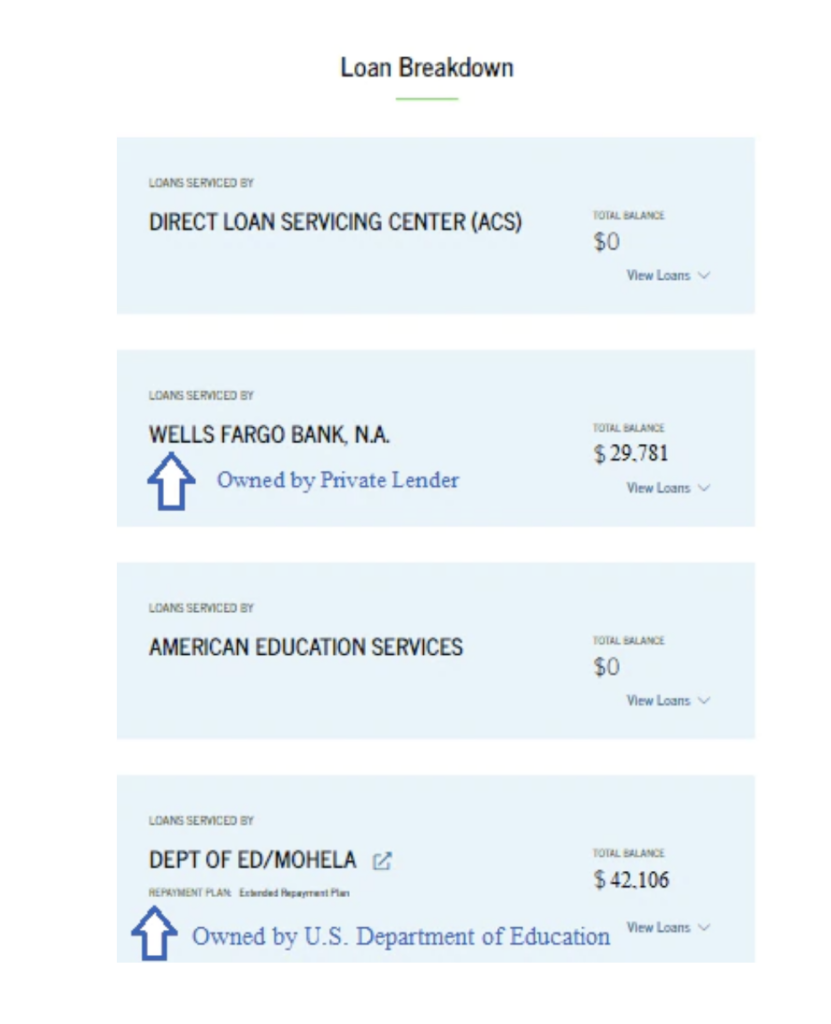The use of Generative AI tools is on the rise, and with it has come the emergence of professional certification programs that specialize in Gen AI knowledge and training.
Fintech firms—particularly those that tout their Gen AI expertise—are being asked to consider whether such programs are helpful to their employees and technology teams at this early stage of Gen AI’s evolution. They may also want to assess the degree to which their financial firm customers may care about such credentials.
The programs are also starting to attract the attention of those seeking fintech employment, raising the question: To what degree are fintech founders and their hiring executives placing value on such programs?
Technology companies that currently offer professional certification training in generative AI include corporations such as Nvidia, Oracle, and Microsoft. Universities such as MIT, Harvard, Stanford, and Kellogg School of Management also offer related training and/or certification programs, as do entities such as Coursera (in association with AI & Machine Learning expert Andrew Ng), ISACA, and the SANS Institute.
According to Greg Estes, vice president of developer programs at Nvidia, commenting on the introduction of Nvidia’s Generative AI professional certification: “Our goals are to assist in upskilling workforces, sharpen the skills of qualified professionals, and enable individuals to demonstrate their proficiency in order to gain a competitive advantage in the job market.”
Christine Livingston, managing director and leader of the AI practice at consulting firm Protiviti, points out that certifications can be an objective assessment of individuals’ qualifications and abilities and can be an influencing factor when banks and other enterprises select fintech service providers.
She adds that certifications can distinguish one firm’s competency from competitors’, but cautions that they do not tell the whole story of competency in terms of a fintech firm’s understanding of data use, the model’s training process, a model’s architecture, or its monitoring mechanism when it may be in operation at a financial firm.
Fintech founders and executives see both pros and cons to the generative AI certification trend:
“I think it’s a good idea to have generative AI certifications and that – for the fintech industry and financial sector – such programs are essential,” says Nathan Stevenson, founder and CEO of ForwardLane, a provider of a Gen AI platform designed to scale and enhance data and analytics capabilities at financial firms;
He adds: “I do think that an understanding of how these new models work, how to use them, and how to get value out of them is important, but also, it is critical to understand the risks of using these systems, given the context of a given industry and the regulations pertinent to that industry.”
Indeed, fintech firms and others implementing Generative AI capabilities need to prepare for and understand the requirements of the EU Artificial Intelligence Act, adopted in March of 2024, President Biden’s Executive Order to address AI threats to safety and security; new AI regulations expected to be issued by the Securities and Exchange Commission in the U.S. as well as a proposed California state bill that would introduce a “kill switch” on powerful AI models.
“I do think that the EU AI Act and its implications should be a key part of Gen AI certification training in the U.S. because it’s all about what you should and should not do. Actually, all the foreseen regulations should be included in such training,” Stevenson said.
Edward Maslaveckas, founder and CEO of Bud Financial, a provider of an AI-based open banking platform to power lending and other financial activities, acknowledges that employees at fintech and other firms “need to be upskilled” about how to fully leverage Gen AI tools, what tasks they can or cannot carry out, and what problems may need to be monitored and addressed, but ultimately, “certifications and badges are not all that important” – in his estimation – for Gen AI developers or the people who hire them.
In addition, Maslaveckas notes that “We are nowhere at the stage where we have Gen AI best practices in place; We are still figuring things out; These courses can be a start and part of a support system to get one’s workforce up-to-speed, but frankly, we are building systems that can eventually replace entire teams at banks,” he said and thus, over time, may render certain certification programs as unnecessary.
At present, he places more value on hands-on Gen AI experience and the ability to explain one’s development process for specific use cases and one’s ongoing management of LLMs.
Regarding the use of certification programs to train employees in compliance issues, Maslaveckas points out that “Compliance and regulation in the AI space is still very early,” with the U.S. taking one approach focused on model size and the UK, for example, focused on model outcomes. “I think all of the regulations will be different and if you are in the regulation/compliance area, it’s your job to keep up-to-date,” as opposed to seeking a Gen AI certification program on the topic.
He also believes that at this stage of Gen AI evolution, “Regulation of AI does not make sense,” and any regulation offered would be “rushed out, before many have a thorough understanding of its (the technology’s) core concepts.”
Maslaveckas also thinks that certification programs at this stage could be dangerous with individuals asserting that “I am certified and know what I am talking about,” when they may not have a full understanding of the technology’s capabilities and ultimate best practices.
As greater testing and understanding of Gen AI grows, however, he expects that it will be helpful for there to be a Gen AI certification program specific to financial services.
Adam Lieberman, Chief AI Officer at Finastra, a global provider of financial applications and platforms to facilitate the deployment of open banking, offers another point of view. .
While he points out that “I am always an education-first kind of guy, especially when it comes to my teams, education certifications are only a great thing when they come from a trusted provider.”
At Finastra, that trusted provider is the firm itself, as they have the resources to have developed their own, in-house, Gen AI training program.
“Within our company, we have put together focused learning programs that pertain to Gen AI and client needs; One is generic, and one is specific to developers,” he said, adding that the benefit is that it facilitates the process of “pushing out feature advances for our clients” and their specific goals.
However, at the same time, he said Finastra does encourage their teams to explore other types of certifications that pertain to deep learning or other aspects of AI expertise, for example, training in Python programming. He also thinks well of Andrew Ng’s Deep Learning programs offered via Coursera.
If one’s firm does not have its own Gen AI learning program, Lieberman thinks it’s important to assess the relevance, scope, and time requirements of outside programs, be they for non-developers, developers, or other team members who may have responsibilities in the area of AI governance, risk management and the ethical side of AI.
“For outside the company programs, my preference is more-focused certification programs,” Lieberman said.
The subject of corporate versus non-corporate sponsors of Gen AI certification programs is also an issue for consideration.
According to Lieberman, “Nvidia’s programs are very good and well polished,” and such programs offered by large technology firms that conduct serious research into Gen AI capabilities – like Nvidia – can be beneficial. Maslaveckas notes that Nvidia programs are in a position to teach people about what is cutting edge in the field though current programs are not necessarily in depth and may tend to focus on the deployment of Nvidia products; While Stevenson says he would trust offerings from Nvidia, he would also favor programs offered by institutions known for their in depth research such as Stanford, MIT and others.
“Ultimately, the choice of certification program depends on your own level of expertise, time available, and own desire to work,” Stevenson said.
So what will the future hold for Gen AI certification programs? Will they be a must-have credential in the fintech arena?
According to Stevenson, the future holds two possibilities. One is that, Gen AI capabilities may reach a point where certification by humans is rendered mostly or entirely unnecessary. “You will just talk to the AI model and it will learn what needs to be done from you.”
On the other hand, Stevenson says there could be a future where humans equipped with the right analytic skill sets will know best about how, where and when to employ Gen AI and when to sidestep the effort, and thus, will maintain their jobs and the value of certification for humans.
He concludes that, “I think as time goes on, we are going to need to have their certifications as we build our knowledge about Gen AI on an ongoing basis.”












